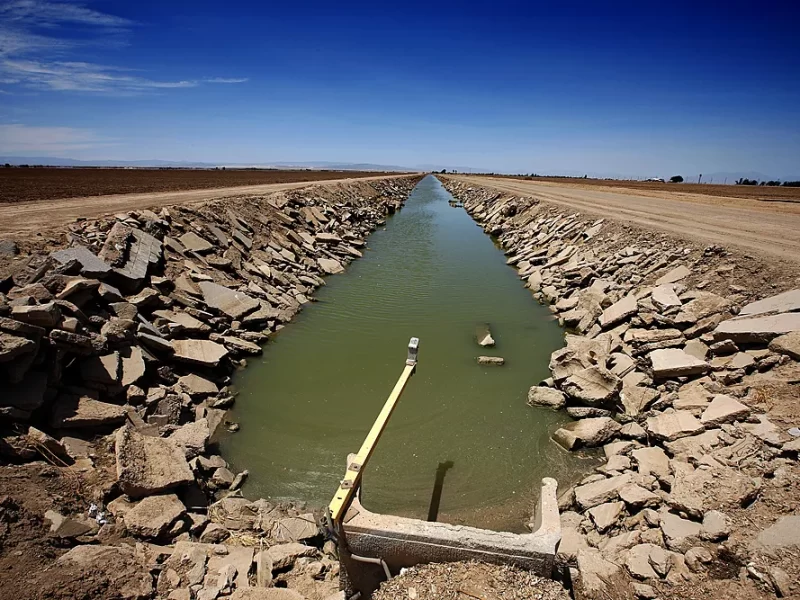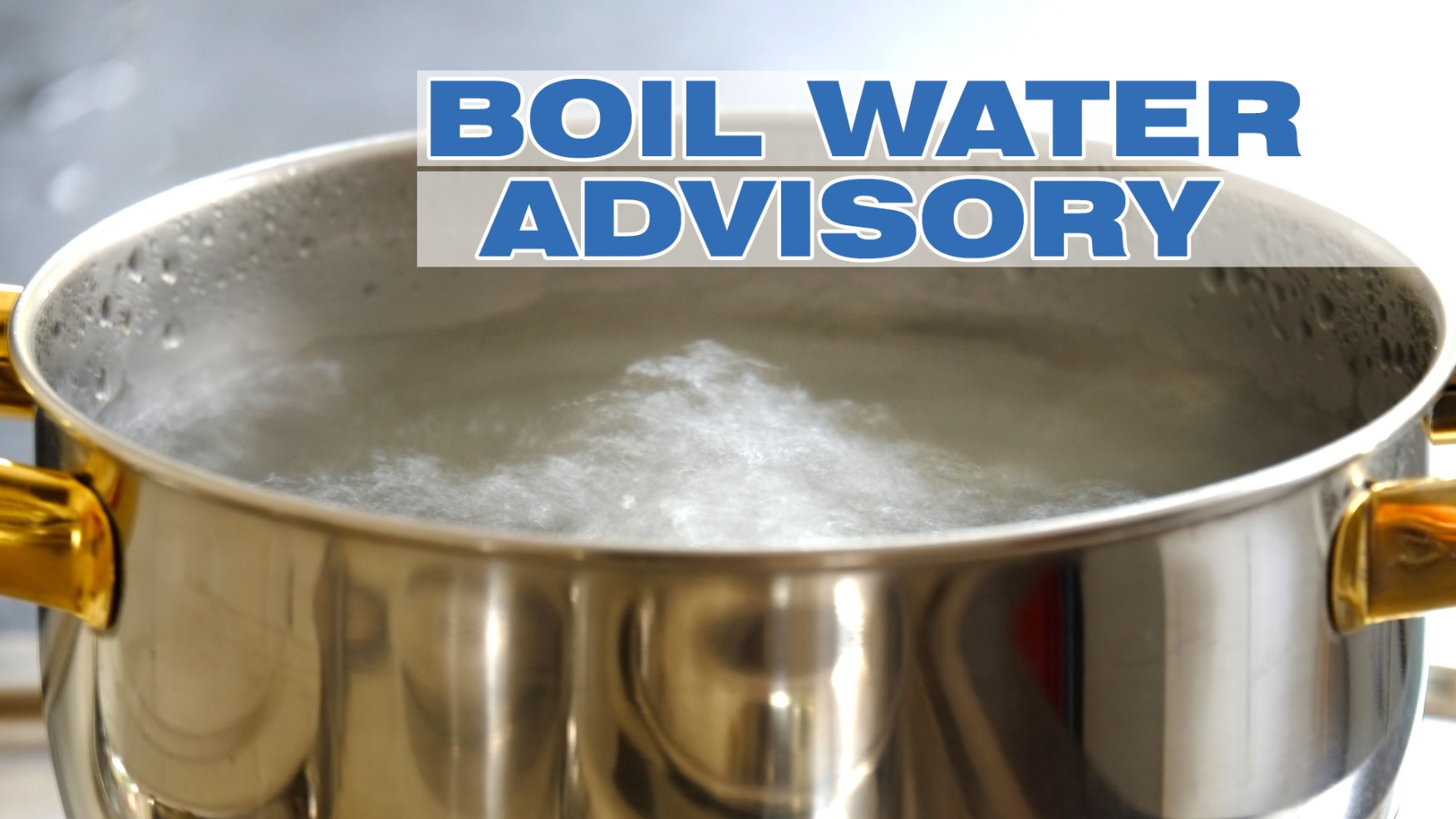Addressing Water Contamination Concerns In The Township

Table of Contents
Identifying Sources of Water Contamination in the Township
Pinpointing the sources of water pollution is crucial for effective remediation. Townships face a unique set of challenges regarding water contamination, often stemming from a combination of factors. Understanding these sources allows for targeted interventions and improved water quality management.
- Failing septic systems and sewage overflows: Aging or poorly maintained septic systems can lead to sewage leaks, contaminating groundwater and surface water with harmful bacteria and pathogens. Regular inspection and maintenance of septic systems are essential.
- Industrial discharge and improper waste disposal: Industrial facilities can discharge pollutants into waterways if not properly regulated. Improper disposal of hazardous waste further contributes to water contamination, impacting both surface and groundwater sources.
- Agricultural runoff containing pesticides and fertilizers: Rainfall washes away pesticides and fertilizers used in agriculture, polluting nearby water bodies with chemicals that harm aquatic life and pose potential health risks to humans.
- Leaking underground storage tanks (USTs): Leaking USTs, often containing gasoline or other hazardous substances, can contaminate soil and groundwater, leading to widespread pollution. Regular inspection and maintenance of USTs are vital.
- Naturally occurring contaminants like arsenic or radon: Some areas naturally contain high levels of contaminants like arsenic or radon in groundwater, requiring specific treatment methods to ensure safe drinking water.
The prevalence of these issues varies considerably depending on the specific township and its industrial, agricultural, and residential characteristics. Accessing reports from the Environmental Protection Agency (EPA) or similar governmental agencies can provide valuable data for a specific township's assessment of water pollution sources.
Understanding the Health Risks Associated with Contaminated Water
Consuming or being exposed to contaminated water carries significant health risks, impacting individuals and communities. The consequences can range from short-term illnesses to long-term chronic health problems.
- Gastrointestinal illnesses (e.g., cholera, typhoid fever): Contaminated water is a major vector for waterborne diseases, causing severe diarrhea, vomiting, and dehydration, potentially leading to death, especially in vulnerable populations.
- Exposure to harmful chemicals and heavy metals leading to long-term health problems: Exposure to chemicals like lead, mercury, or arsenic through contaminated water can cause neurological damage, developmental problems, and various cancers.
- Developmental issues in children: Children are particularly vulnerable to the effects of water contamination, as exposure to harmful substances can lead to irreversible developmental problems affecting their cognitive abilities and physical health.
- Increased risk of cancer: Long-term exposure to certain chemicals found in contaminated water has been linked to an increased risk of various types of cancer.
The World Health Organization (WHO) and the Centers for Disease Control and Prevention (CDC) provide comprehensive information on the health risks associated with waterborne diseases and chemical contamination. Their reports offer valuable insights into the severity of these threats and the need for effective water quality management.
Implementing Effective Water Treatment and Prevention Strategies
Addressing water contamination requires a multi-pronged approach involving both treatment and prevention strategies. Effective water quality management depends on a combination of technological solutions and responsible practices.
- Regular water testing and monitoring programs: Implementing regular water testing programs allows for the early detection of contaminants and timely intervention. This includes monitoring both surface water and groundwater sources.
- Improving sewage infrastructure and waste management systems: Investing in modern, efficient sewage systems and waste management facilities is crucial to prevent sewage leaks and pollution.
- Implementing stricter regulations for industrial discharge: Stricter regulations and enforcement are essential to control industrial discharge into waterways, minimizing the release of harmful pollutants.
- Promoting sustainable agricultural practices: Encouraging sustainable agricultural practices, such as reduced pesticide and fertilizer use, can minimize agricultural runoff and protect water quality.
- Public education campaigns to raise awareness about water conservation and responsible waste disposal: Raising public awareness about the importance of water conservation and responsible waste disposal is vital for preventing contamination at its source.
The Role of Community Involvement in Ensuring Water Quality
Community engagement is paramount in addressing water contamination concerns. A collective effort is needed to ensure clean and safe drinking water for everyone.
- Community-based monitoring initiatives (citizen science): Citizen science programs empower communities to participate in water quality monitoring, providing valuable data and fostering a sense of ownership.
- Public forums and workshops to discuss water quality issues: Open forums and workshops allow community members to voice concerns, share information, and collaborate on solutions.
- Volunteer programs for cleanup efforts and environmental protection: Volunteer programs can contribute to cleanup efforts, restoring affected areas and promoting environmental stewardship.
- Advocacy for stricter regulations and increased funding for water infrastructure: Community advocacy is crucial for pushing for stricter regulations and increased funding to improve water infrastructure and management.
Conclusion
Addressing water contamination concerns in the township requires a comprehensive approach that involves identifying pollution sources, understanding associated health risks, and implementing effective treatment and prevention strategies. Community involvement is crucial for success. By working together, we can ensure clean and safe drinking water for all residents, protecting their health and well-being. Contact your local government officials to voice your concerns, participate in community water quality initiatives, and advocate for improved water infrastructure and management. Let's collectively work towards a future where clean and safe drinking water is a reality for everyone in our township. Don't hesitate to actively participate in addressing water contamination concerns – it's a shared responsibility that directly impacts our community's health and future.

Featured Posts
-
 Election 2024 Albanese And Dutton Lay Out Their Platforms
May 16, 2025
Election 2024 Albanese And Dutton Lay Out Their Platforms
May 16, 2025 -
 Maple Leafs Vs Predators March 22nd Nhl Game Prediction And Betting Picks
May 16, 2025
Maple Leafs Vs Predators March 22nd Nhl Game Prediction And Betting Picks
May 16, 2025 -
 Jeremy Arndts Influence On Bvg Negotiations
May 16, 2025
Jeremy Arndts Influence On Bvg Negotiations
May 16, 2025 -
 Kdhe Announces Boil Water Advisory For Anderson County Rural Water District 4
May 16, 2025
Kdhe Announces Boil Water Advisory For Anderson County Rural Water District 4
May 16, 2025 -
 Rays Sweep Padres In Commanding Fashion Postseason Implications
May 16, 2025
Rays Sweep Padres In Commanding Fashion Postseason Implications
May 16, 2025
